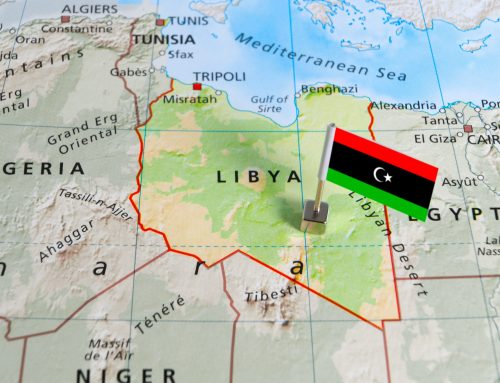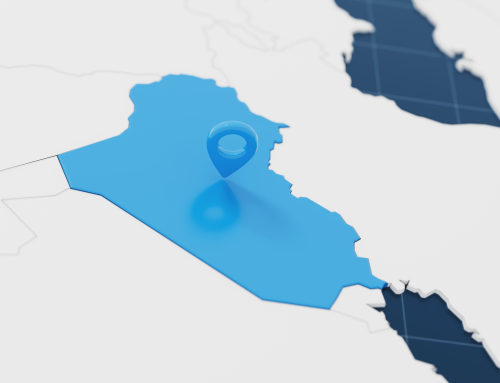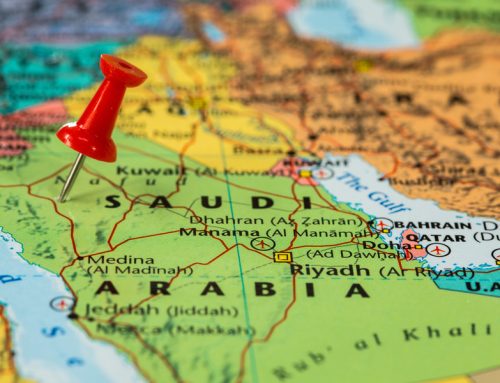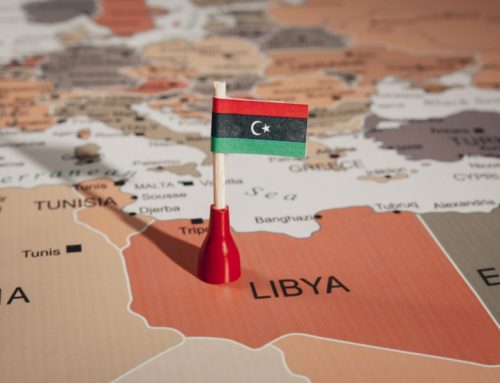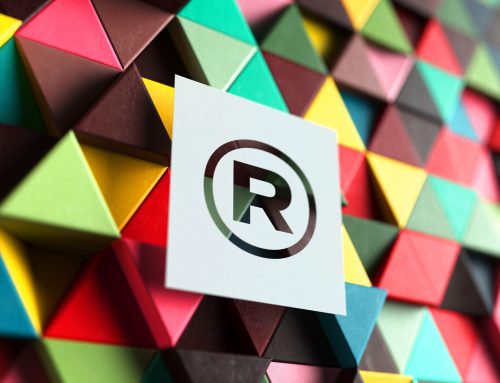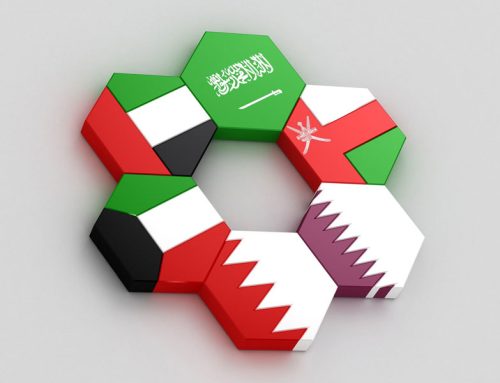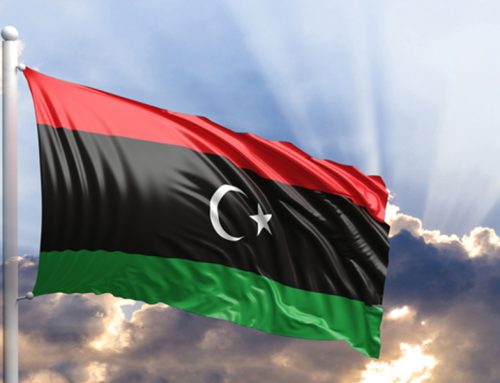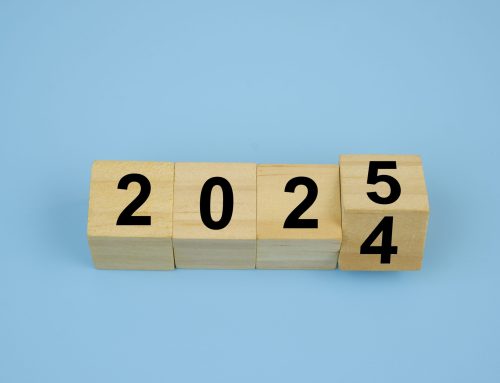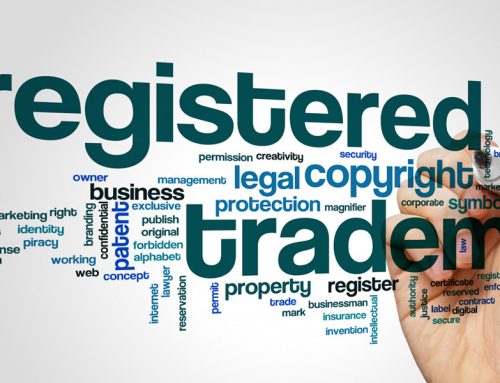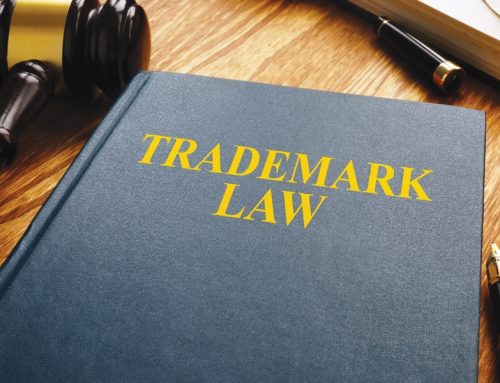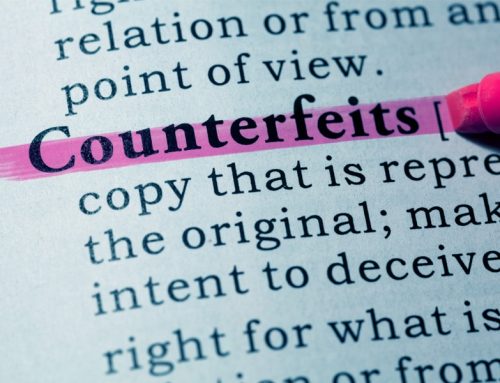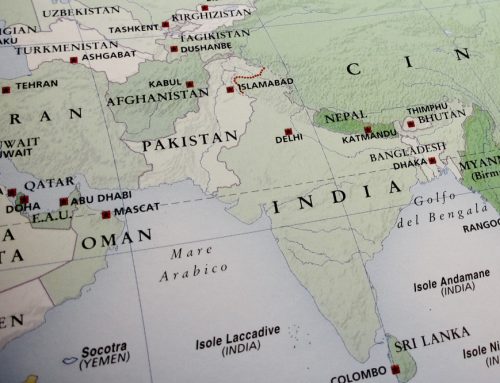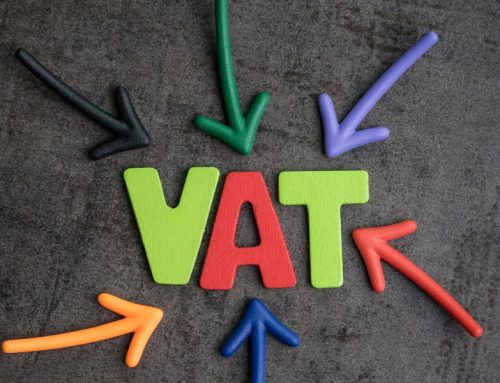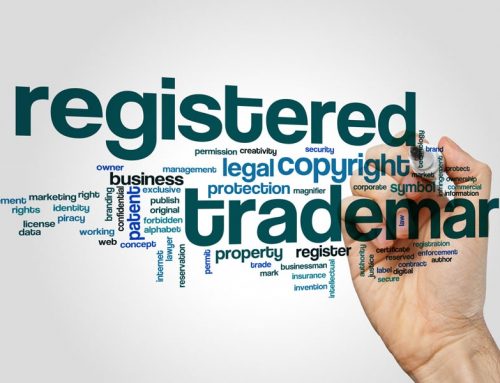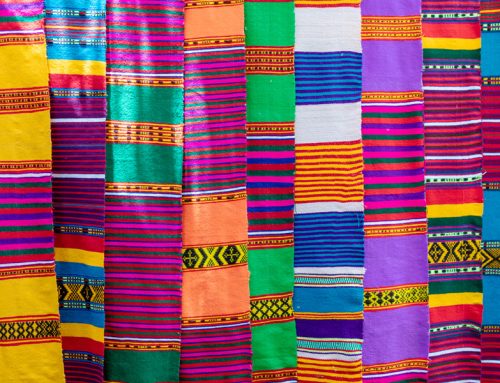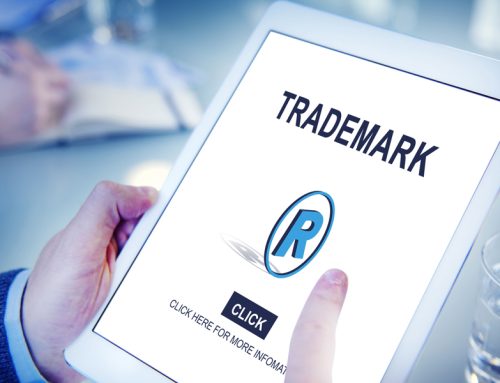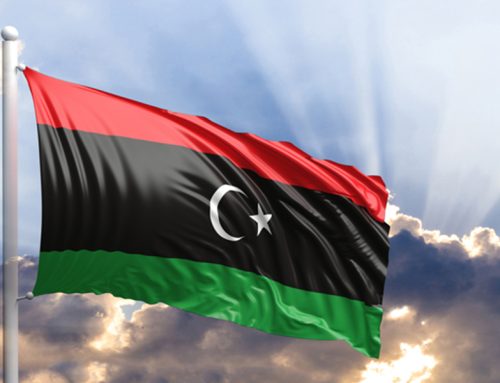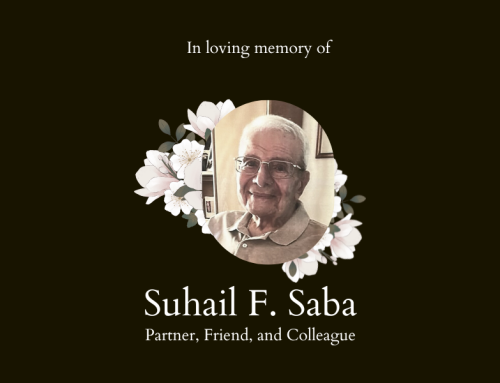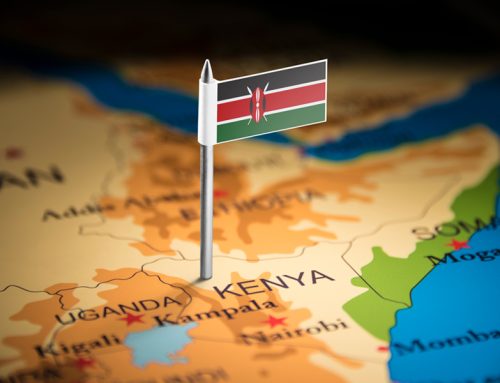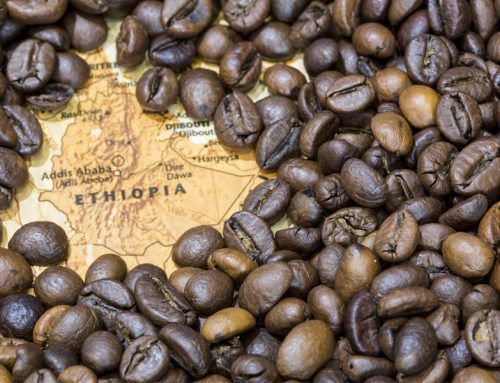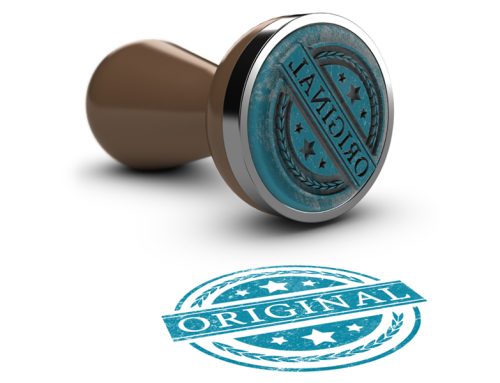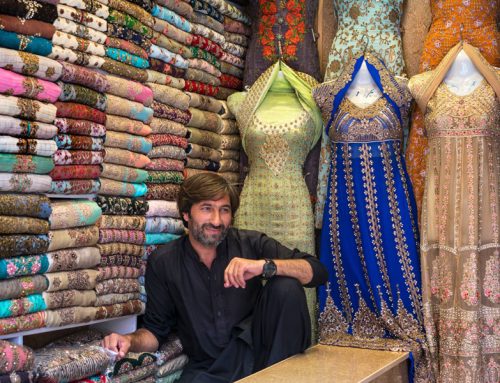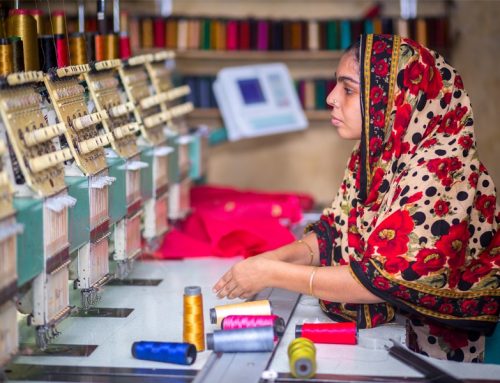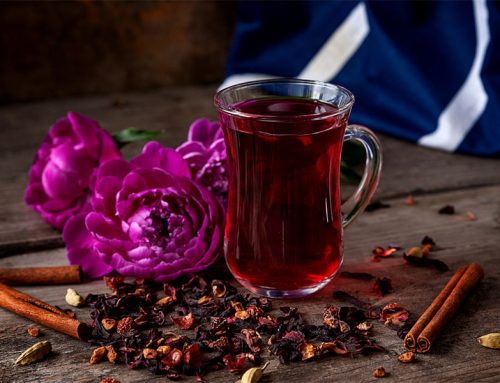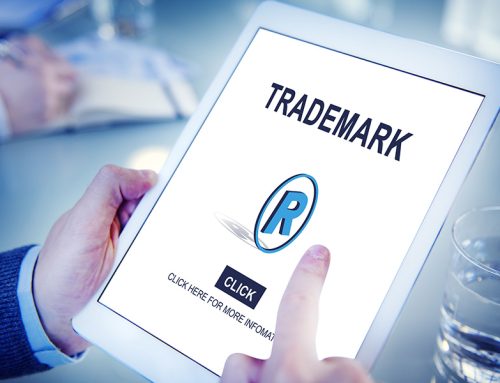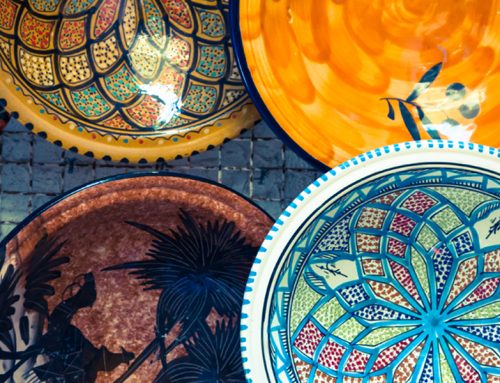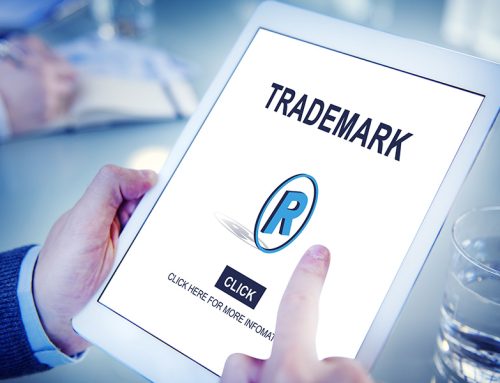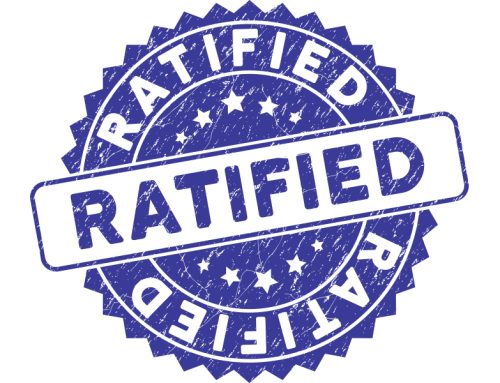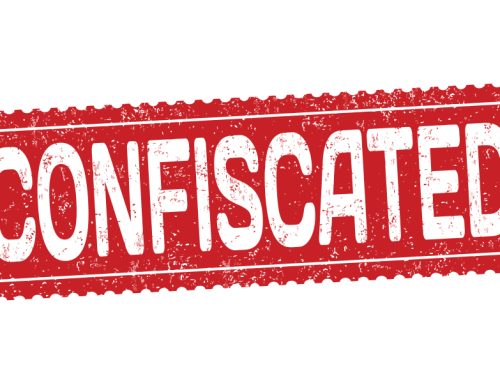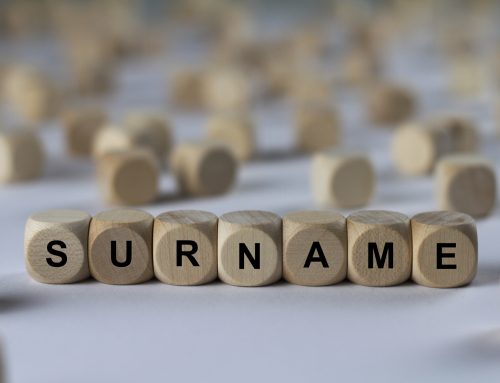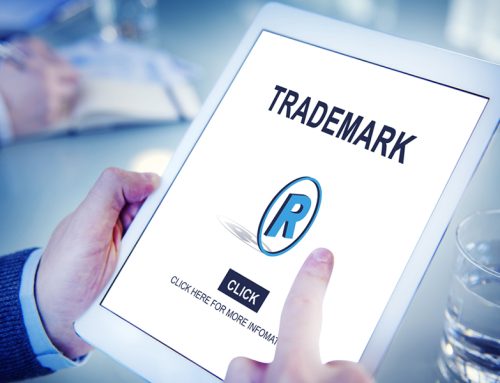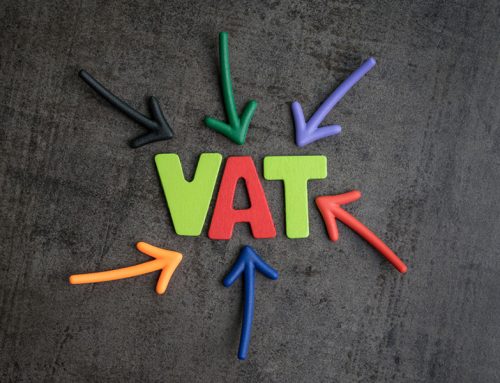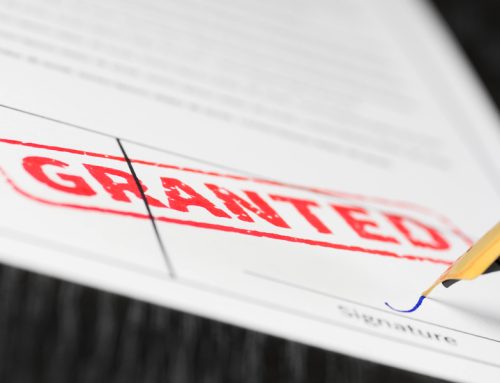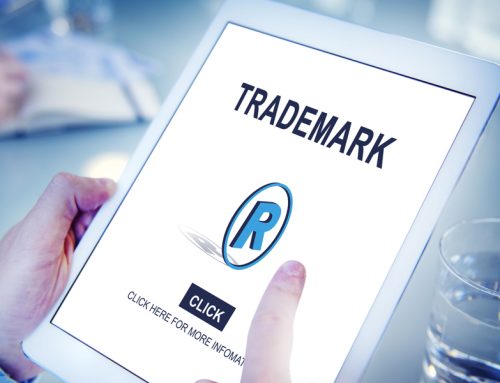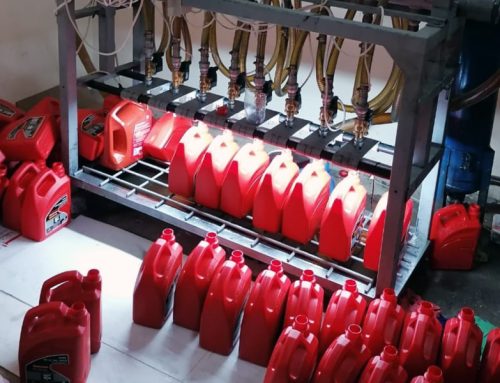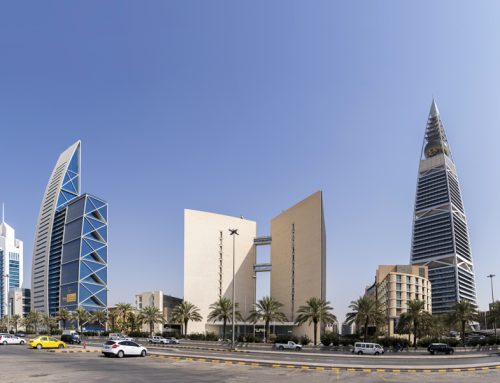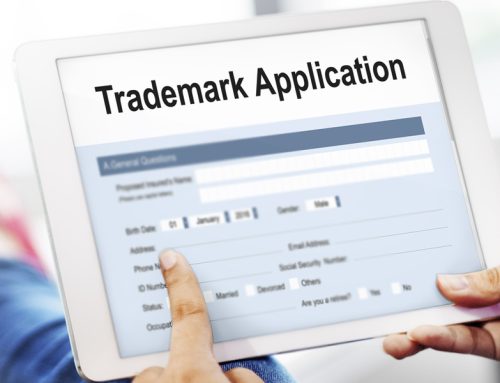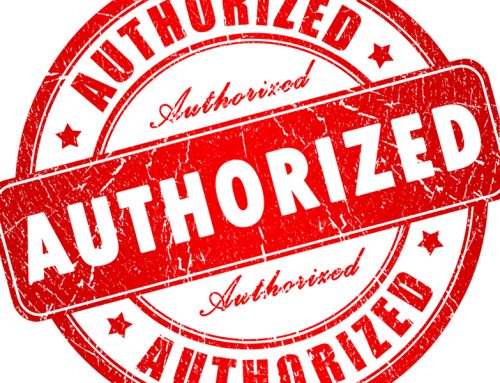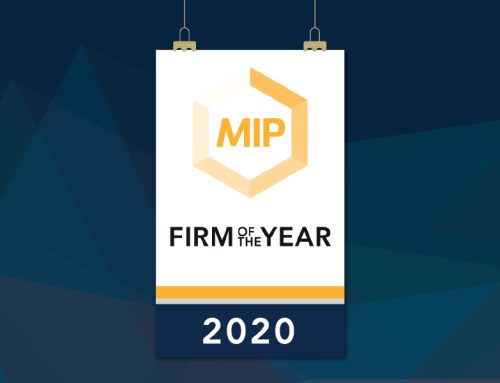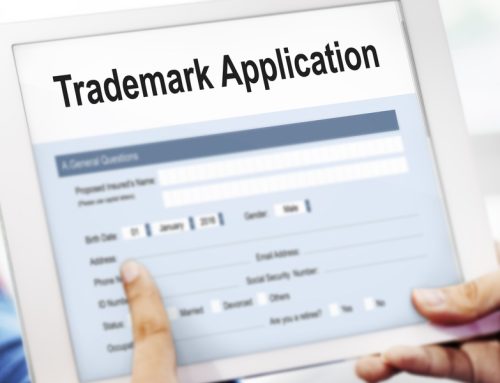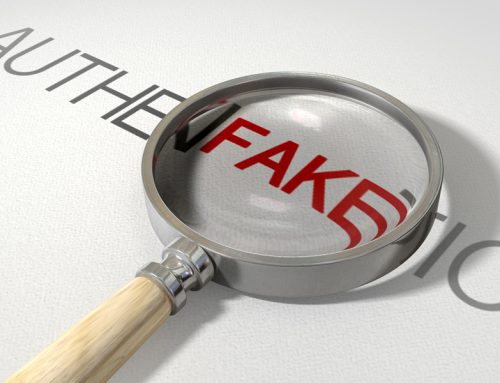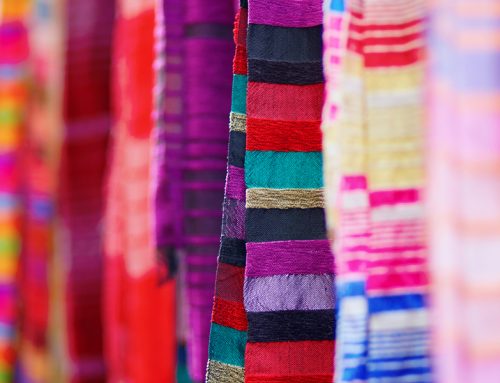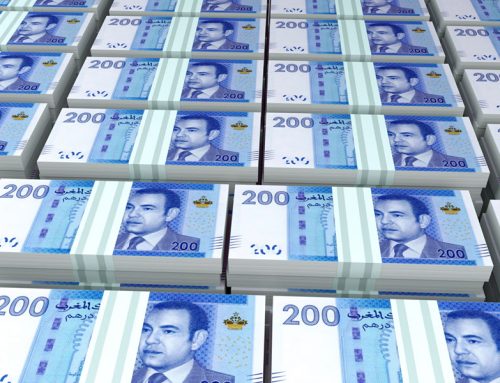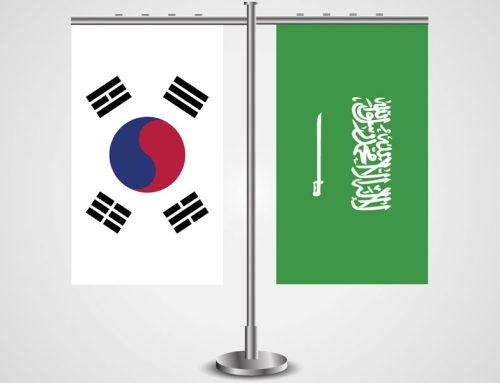Confectionery businesses are now going to surprisingly great lengths in order to protect themselves in an increasingly competitive market, where the stakes have never been higher. Owners of global bands are keen to ensure no one has any form of advantage for fear of losing precious market share. Certainly, rights holders will continue to extend and expand the scope of protection and fight to protect even the smallest elements of their brands. So what trademark issues specific to the MENA region should confectioners be aware of when it comes to the protection of their trademarks?
Packaging and Three-Dimensional Trademarks
It may be possible to register aspects of the shape of the product or its packaging as 3D trademarks. A 3D mark can receive similar protection under the laws of our region as any other trademark, and a simple trademark application can be filed for this purpose.
The difficulty would basically arise at the time of substantive examination, where practice differs considerably between the countries. In some countries, the application for a product shape as a trademark will be accepted without any objection as long as the product appearance has the requisite distinctive character for registration. This means that the more closely the mark resembles the shape most likely to be taken by the product in question, the greater the likelihood of the mark being devoid of any distinctive character. The TMOs of Saudi Arabia and Kuwait often issue office actions of this type. In few other countries, a product shape will not be accepted as a trademark if the print includes no core word marks. Also, if the appearance of the product is functional, protection may be barred completely. The most probable reason is to maintain a balance between trademark laws and design laws, the latter being used to protect products having some patentable function.
Color Marks
Most laws of our region do not provide specifically for the registration of non-traditional trademarks, such as color marks. Libya is among the very few countries that has introduced clear provisions in its applicable law whereby the definition of a trademark has been broadened to include trade names, sound marks, and color marks. However, many issues relating to the definition, scope and enforceability of non-conventional marks remain unclear. Even if we can say that color marks are admissible in one country, there is a chance that the examiner at the Trademark Office will reject this type of application because of the fact that there are few or even no precedents in the matter. The TMO will only accept the color application if it is associated with a conventional trademark (word mark, device, or combination of both).
Slogans
Unlike the situation in common-law countries, brand owners in the MENA region do not usually face significant difficulties registering slogans. As European and US authorities often refuse requests on the grounds that a slogan is purely descriptive of the products or services it promotes, or lacks distinctiveness, this type of trademark applications can easily pass examination on absolute grounds in most of the TMOs of our region (with some few exceptions including that of Iran), as long as the mark in question is not explicitly descriptive of the products involved. In fact, brand owners are often not required to prove that the slogan they wish to protect has acquired a “secondary meaning” on its own.
Classification
There are no specific requirements when it comes to the registration of marks in classes 29 and 30. When it comes to the specification of goods, the applicant, in some TMO’s, can file an application claiming the whole class without specifying the particular goods. The TMOs will not object to the use of any of the class headings as being too indefinite and not specific. Consequently, the use of class headings of a particular class constitutes a claim to all of the goods falling within this particular class and implicitly covers any goods directly related to the class headings (that is, covers more than the literal meaning of the class headings).
In Qatar, however, there is an exception to this rule. Applicants must also specify the goods in both classes 29 and 30, or else, the application will be rejected on absolute grounds. Further restrictions are also introduced by other countries such as Jordan and Sudan. The applicant must specify the goods in the class or else the application will not be accepted.
Search and Examination
Searches between related classes, such as 29 and 30 are not performed on an ex-officio basis. As for examination, a mark is not usually rejected on relative grounds based on the existence of a prior mark in a related class, unless the mark is considered to be well-known in the country. Unlike the United States, countries of the MENA region have no express anti-dilution provisions in their trademark laws. Nevertheless, many countries have introduced provisions into their trademark laws on the “likelihood of confusion” between conflicting marks as part of their implementation of the TRIPS Agreement. In principle, the reference to certain provisions of the laws on the “likelihood of confusion” should provide a basis for actions in cases of dilution. However, are these sections on “likelihood of confusion” enough? Some courts reiterated that when dilution is accompanied by confusion as to the source, it will affect the goodwill, reputation and trade name established by the plaintiff, especially when the goods involved are closely related, and would be sold in the same channels of trade to the same consumers.
Famous Marks
Most countries of our region, with the exception of Lebanon and Iran, have clearly applicable statutory provisions in the national laws to protect famous marks. Also, membership in the Paris Convention (all countries are members of the Paris Convention except for Kuwait) has helped significantly on the litigation front, as evidenced in a number of ground-breaking Court decisions which were reached during the past several years signaling a positive change for trademark holders.
Furthermore, all countries are either members or observers of the WTO (except for Syria), which, of course, extends to the TRIPS agreement. TRIPS, Part II addresses each intellectual property right in succession. Article 16(3) of TRIPS states that in relation to registered marks, Article 6bis should apply to non-similar goods or services, provided that use of the later mark indicates a connection to the owner of the well-known mark and that the interests of the owner of the well-known mark are likely to be damaged. However, there are no clear regulations or case laws that comment specifically on the prerequisites for claiming protection under Article 6bis.
Although it is impossible to precisely define a famous mark, examples of famous marks in our region include LAY’S, OREO, TANG, KIT KAT and NESCAFE. The extent to which a trademark is considered famous is usually determined according to the international standards for the protection of well-known trademarks (Article 6bis of the Paris Convention) as well as the local standards for well-known trademark protection. Any probative evidence will be accepted, and a determination will be based on the totality of the evidence, including such factors as:
(i) the duration and geographic extent of sales
(ii) sales figures
(iii) advertising figures and samples of advertising
(iv) awards, reviews and press reports
(v) the reputation of the mark within the relevant trade and consumer groups in the country
(vi) expert testimony and surveys designed to assess the recognition of brand names
Trademarks in Arabic
When a trademark is used in foreign markets, it is necessary to take into account considerations of language and culture. Although it is not necessary to display the Arabic transliteration of the Latin trademark on the products sold, the process of transliteration of a trademark into its local character or language is important for trademark owners seeking to promote or sell their products in that market because many consumers will identify goods by their local-character trademark, depending upon the degree of local recognition and knowledge of foreign languages.
When it comes to registration, a trademark in Latin should, in general, provide protection against the registration of another mark with a prominently featured or at least confusingly similar Arabic transliteration liable to create public confusion. In fact, most of the Arab countries are signatories to international agreements that address the protection of trademarks across different languages and different character scripts as part of the wider concept of protection against unfair competition, including the Paris Convention, TRIPS and the Madrid Agreement and Protocol for the international registration of marks. The systems provide for the protection of rights across different languages and different character scripts as part of the wider concept of protection against unfair competition. However, there are certain instances where the confusion across different languages is not so evident and so registration of the Arabic rendition will be recommended.
Use
Since most countries of our region are civil law countries (meaning that the code typically exhaustively covers the complete system of the law), the “first-to-file” concept is given considerable weight. Some countries may offer a limited amount of common law rights but this of course is a matter solely determined by the practitioner handling the case. This being said, registration of marks is highly recommended and the mere registration can be a basis to sue an infringer, although the risks of a non-use cancellation action must be factored-in in any filing strategy. However, unlike the United States where a non-use cancellation action is similar to an opposition action in applicable law, the situation is not the same in the MENA region. In most countries, non-use cancellation actions must be brought before the local Courts, which can greatly increase the time, costs and even predictability of such proceedings.
Enforcement
To some confectioners, the packaging is all what matters and so protection of the key traits and features is not an issue that can be disregarded. Needless to say, rights holders must be ready and willing to adopt a trademark protection model that incorporates both the legal and regulatory approaches in order to arrive at a well-established trademark protection strategy.
· Infringement Claim: Regarding an infringement claim, owners must establish that there is valid mark entitled to protection; and that perpetrators are using their marks in connection with the sale or advertising of goods without consent, and that this use is likely to cause confusion. Even in the presence of valid trademark registrations of the shape of the product or its packaging, establishing “Likelihood of Confusion” is always the central focus, which may in some instances be difficult to prove. According to the practice some countries, and in particular, Saudi Arabia, UAE and Kuwait, the Courts do not look beyond the word marks at issue. Infringement is usually found if the word marks are sufficiently similar that consumer confusion can be expected. Factors such as the degree of similarity between the marks involved, the degree of distinctiveness of the mark, and its recognisability are directly implicated. The Courts may, but not necessarily, give weight to expert testimony and surveys designed to prove actual consumer confusion (in cases where the rights holder is able to collect evidence of this nature).
- Unfair Competition Claim:As for the possibility of bringing an unfair competition claim, most countries of the region are civil law countries and do have unfair competition statutes. The focus of unfair competition claims is generally on consumer deception or threat to business interests. Although such claims may overlap with trademark infringement, the burden of proof in an unfair competition claim will generally be higher than when rights holders seek to prove infringement of their registered marks.
- Commercial Anti-Fraud Department:The official anti-fraud and regulatory bodies, available in some countries including Saudi Arabia, UAE and Oman, have jurisdiction for administrative action to enforce trademark rights in their own countries. These bodies usually consider complaints against counterfeits or look-alikes only, and raids are typically carried out if the findings are conclusive. In Saudi Arabia, for example, the latest semi-annual report of the Saudi Commercial Anti-Fraud Department reported that more than 1966 complaints were filed at the Ministry of Trade and Industry in the second half of the year 2013 against local companies in Saudi Arabia for alleged distribution of counterfeit products including confectionery and other items. The report also gives credit to the joint efforts of the Commercial Anti-Fraud Department and the Customs Authorities which have led to the suspension of a considerable amount of counterfeit products imported into the country. Perpetrators were subject to sanctions (as defined by the country’s Trademark Law and Commercial Anti-Fraud Law) including monetary fines of up to one million Riyals (around $ 260,000) as well as legal prosecution resulting in a maximum of three years imprisonment. On a side note, most countries of the MENA region have anti-commercial fraud laws designed to enact legal measures and policies against commercial fraud. The latest anti commercial-fraud law was endorsed in the UAE in 2013. Although there is no pan-Arab anti commercial-fraud law, a unified law for the GCC is expected to be endorsed once approved by all member states.
· Customs Recordal: Customs recordal procedures are available in a number of countries, including Algeria, Morocco, Sudan, Tunisia and the UAE (only three emirates out of seven). Recordal is also expected to be adopted in Qatar and Abu Dhabi (a UAE emirate), but the timing involved for implementation is unknown. One fundamental premise of the recordation system (other than providing a central registry containing information for recorded trademarks) is that it allows customs officials to implement an ex officio border protection system. An ex officio system is different from the standard border protection system in which a judicial authority orders customs to detain the infringing shipment after identifying the infringing goods. The key advantage of the ex officio system is that it allows for prompt and proactive action by customs officials, thus avoiding the delays inherently involved in seeking judicial action. Customs officials are always on the lookout for infringing goods and thus are able to act quickly to confiscate counterfeit and pirated merchandise.



